Macrocosm and Microcosm: The Greater and the Lesser World: Questions Concerning the Soul, Life and the Spirit
11 lectures, Vienna, March 21–31, 1910;
1 public lecture, March 19, 1910 (CW 119)
“Riddle upon riddle occupies space,
riddle upon riddle flows in time;
the solution comes only from the spirit
that grasps itself
beyond the limits of space
and beyond the flow of time.”
—Rudolf Steiner, Vienna, Mar. 19, 1910
Rudolf Steiner shows how deeply and intimately human beings, the microcosm, are related to the macrocosm. But for Steiner the macrocosm is more than just the physical universe. It includes many hidden realms—including the world of elements and the world of archetypes—that lie behind outer manifestations such as our physical body. The macrocosm works within us continuously—in the daily rhythm of sleeping and waking and in the great cyclical interchange between incarnation on Earth and our time between death and rebirth.
Steiner discusses various paths of self-development that lead across the threshold to spiritual dimensions, transforming human soul forces into organs of higher perception. In the future, we will even have the capacity to evolve a form of thinking that is higher than the intellect—thinking of the heart.
In this classic series of lectures—now retranslated and featuring a previously unavailable public address—Rudolf Steiner discusses the planets and their connection with our sleeping and waking life; the inner path of the mystic; the “greater” and “lesser” guardians of the threshold; the Egyptian mysteries of Osiris and Isis; initiation in the Northern mysteries; the four spheres of the higher worlds; mirror images of the macrocosm in humankind; the strengthening powers of sleep; the symbol of the Rose Cross; reading the akashic record; four-dimensional space; the development of future human capacities, and much more.
Macrocosm and Microcosm is a translation from German of Makrokosmos und Mikrokosmos. Die große und die kleine Welt. Seelenfragen, Lebensfragen, Geistesfragen (GA 119).
C O N T E N T S:
Introduction by Paul King
Public Lecture, Vienna, Mar. 19, 1910
The human being’s cycle through the sense world, soul world, and spirit world. Experiences after death in the soul and spirit worlds. Formation of karma. Descent to a new birth. Verse: “Riddle upon Riddle”
1. Vienna, Mar. 21, 1910
Inner and outer frontiers of knowledge. Entry into the worlds behind these boundaries through ecstasy or mystical experience. Ecstasy and mystical experience as abnormal conditions. The normal alteration between waking and sleeping. Experiencing the inner and outer world. Reflection of mystical and ecstatic experience in the various members of being.
2. Vienna, Mar. 22, 1910
The planets and their connection with sleeping and waking life. Differentiation of sentient soul, intellectual (or mind) soul, and consciousness soul. The influences of the spiritual forces of Venus, Mercury, and Moon on the sentient, intellectual, and consciousness souls in waking, and of Mars, Jupiter, and Saturn during sleep. The planetary system as a cosmic clock.
3. Vienna, Mar. 23, 1910
The path of the mystic: perceiving the physical and etheric bodies from within. Experience of the cycle of the year. The sentient body as a boundary between inner and outer experience. It screens from everyday consciousness what would otherwise produce a burning sense of shame. The Lesser Guardian of the Threshold. The cycle of nature. The Northern Mysteries. The sun at midnight. The ability to see through matter. The Greater Guardian of the Threshold.
4. Vienna, Mar. 24, 1910
Faculties of the human soul and their development. The regions beyond the two frontiers within which normal human consciousness is enclosed. Passing the Lesser Guardian of the Threshold through conscious attention on waking. Experience of the three main forces of the soul as an incoming stream from the macrocosm. Cosmic thinking, cosmic feeling, cosmic will. Cosmic forces must be replenished by the efforts of the individual to reach the higher worlds. The outcome of sins of omission. The “mystic vow.”
5. Vienna, Mar. 25, 1910
Egyptian mysteries of Osiris and Isis. Experiences of the candidates in the process of initiation. Preparation of inherited characteristics. The “upper” and the “lower” human. Moving backward in the etheric body to the frontier of the mineral kingdom. The descent into the physical body. The priest of Hermes as guru. The Rosicrucian path. Mystics of the Middle Ages.
6. Vienna, Mar. 26, 1910
Experiences of initiation in the Northern Mysteries. Danger on the ecstatic path of losing one’s ego. Danger on the mystical path of over-inflating the egoistical ego. Methods for strengthening the ego during initiation in the Northern Mysteries. Experiences connected with the seasons of the year. Helpers in the process of initiation. Conscious ascent into the macrocosm. Revelation of spiritual beings in the elemental world (fire, water, air, earth). The spiritual world: zodiac and planets. The world of reason; the world of archetypes.
7. Vienna, Mar. 27, 1910
The four speres of the higher worlds. Connection of the four temperaments with the four elements of the elemental world. Adaption to the world of spirit after balancing the temperaments. At the threshold of the world of spirit, objective perception of one’s own imperfection as an image composed of all the elements. Passing the Greater Guardian of the Threshold. Self-knowledge and self-perfection of one’s own imperfection. Interaction with progressive spiritual beings. Forces for developing clairvoyant consciousness in the world of archetypes.
8. Vienna, Mar. 28, 1910
Mirror images of the macrocosm in human beings. Sense impressions arise by a portion of the elemental world being held back. The nervous system as an inner solar system. The basis for the human microcosm—the senses, nerves, and brain—formed by macrocosmic forces from the elemental world, spiritual world, and world of reason. The formation of the higher spiritual organs through the forces of the world of archetypes. The Rosicrucian path. The inner activity required to attain the capacities needed to rise to imaginative, inspirative, and intuitive knowledge.
9. Vienna, Mar. 29, 1910
Spiritual organs of perception and the strengthening powers of sleep. Formulae and symbols. The thinking of the heart. Three stages of the faculty of judgment: the feeling for truth, critical thought of the intellect, heart thinking. Learning how to deal with contradictions. Preparation for experience of the higher worlds. The ego viewed from twelve different vantage points. Surrender of personal opinions. Spiritual-scientific findings and the language of logical thought.
10 Vienna, Mar. 30, 1910
Three evolutionary stages in human understanding: unconscious logic of the heart (past); intellectual logic (present); conscious logic of the heart (future). Memory. Changes in the spiritual researcher’s memory from ordinary memory in time to spiritual memory in space. Reading in the akasha chronicle. Transition from intellectual thinking to the thinking (or logic) of the heart. The fourth dimension. The formation and transformation of heart and brain in connection with macrocosmic development. Intellectual questions.
11. Vienna, Mar. 31, 1910
Development of future human capacities. Adaptation to the various conditions of our planet. The spiritual researcher’s appeal to people’s sense of truth. The origin of the physical in the spiritual. Solar influences in plants and humanity. Physical organs that point to the past, and those that point to the future; heart and larynx. The future evolution of speech. Breath exercises. Wisdom and love. Verse: “God’s Protecting, Blessing Ray…”
Facsimiles
Notes
Rudolf Steiner’s Collected Works
Significant Events in the Life of Rudolf Steiner
Index
About the Author
Rudolf Steiner (1861–1925) was born in the small village of Kraljevec, Austro-Hungarian Empire (now in Croatia), where he grew up (see right). As a young man, he lived in Weimar and Berlin, where he became a well-published scientific, literary, and philosophical scholar, known especially for his work with Goethe’s scientific writings. At the beginning of the twentieth century, he began to develop his early philosophical principles into an approach to systematic research into psychological and spiritual phenomena. Formally beginning his spiritual teaching career under the auspices of the Theosophical Society, Steiner came to use the term Anthroposophy (and spiritual science) for his philosophy, spiritual research, and findings. The influence of Steiner’s multifaceted genius has led to innovative and holistic approaches in medicine, various therapies, philosophy, religious renewal, Waldorf education, education for special needs, threefold economics, biodynamic agriculture, Goethean science, architecture, and the arts of drama, speech, and eurythmy. In 1924, Rudolf Steiner founded the General Anthroposophical Society, which today has branches throughout the world. He died in Dornach, Switzerland.

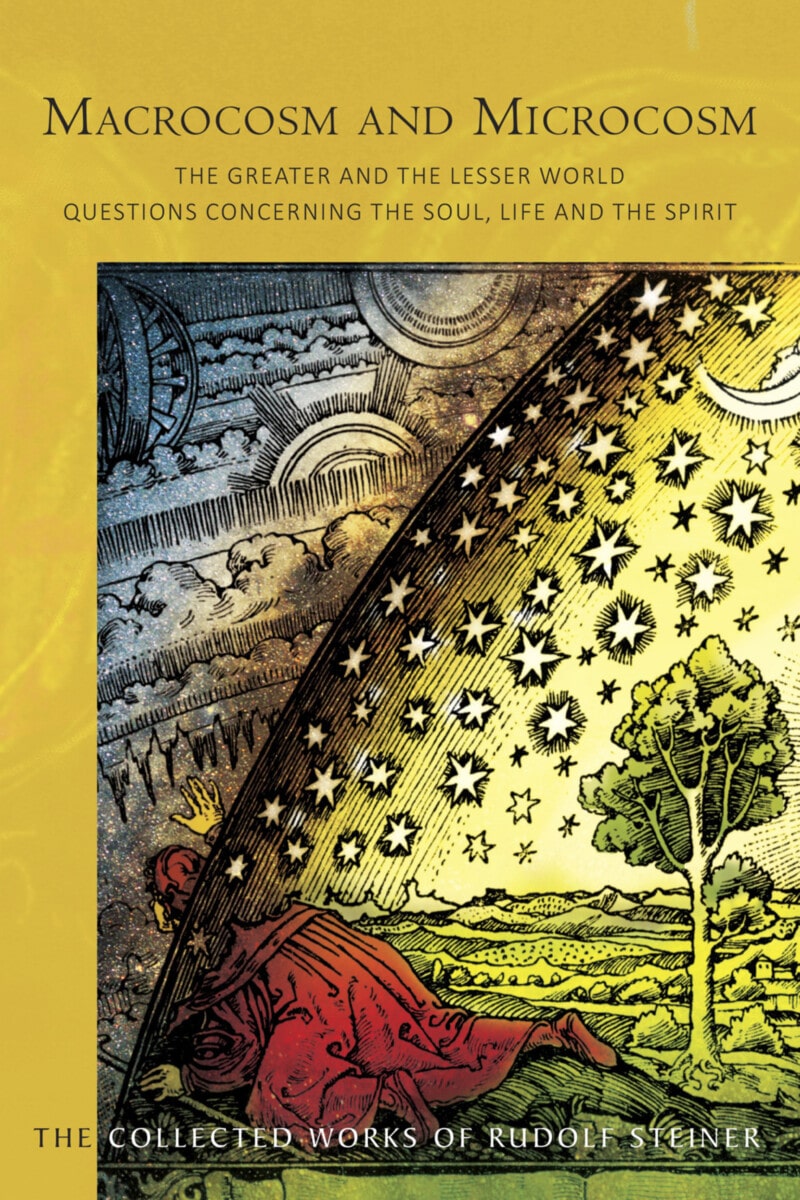
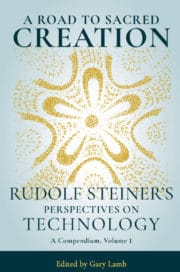
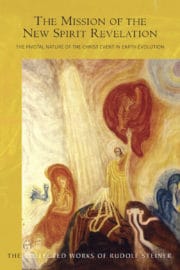

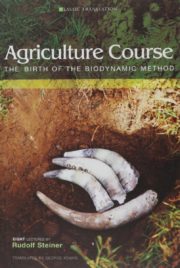

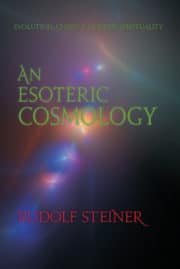
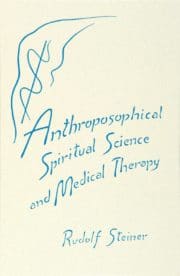
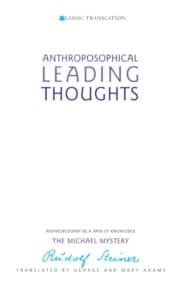
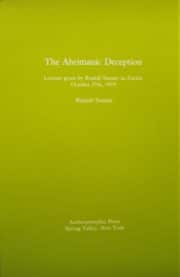

Reviews
There are no reviews yet